Species Photo Gallery for Balclutha frontalis No Common Name 20 |
 | Photo by: Jim Petranka
Madison Co.
Comment: At black light; not sure about this one! |  | Photo by: Jim Petranka
Madison Co.
Comment: At black light; not sure about this one! |
 | Photo by: Jim Petranka
Madison Co.
Comment: At black light; not sure about this one! | 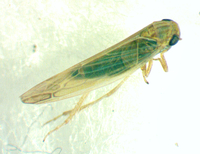 | Photo by: Ken Kneidel
Mecklenburg Co.
Comment: 4.2 mm female came to UV light at night |
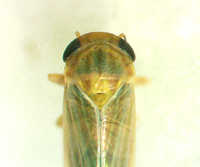 | Photo by: Ken Kneidel
Mecklenburg Co.
Comment: 4.2 mm female came to UV light at night | 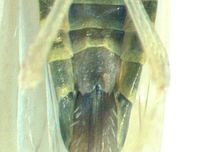 | Photo by: Ken Kneidel
Mecklenburg Co.
Comment: 4.2 mm female came to UV light at night |
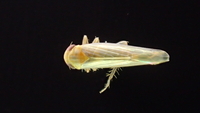 | Photo by: Erich Hofmann
New Hanover Co.
Comment: https://www.inaturalist.org/observations/59240008 | 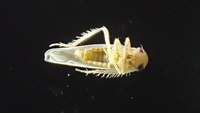 | Photo by: Erich Hofmann
New Hanover Co.
Comment: https://www.inaturalist.org/observations/59240008 |
 | Photo by: Erich Hofmann
New Hanover Co.
Comment: https://www.inaturalist.org/observations/59240008 | 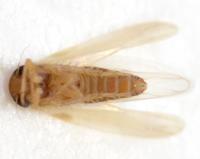 | Photo by: Kyle Kittelberger
Wake Co.
Comment: male, 3.46 mm |
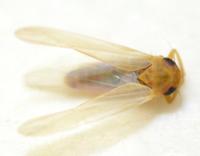 | Photo by: Kyle Kittelberger
Wake Co.
Comment: male, 3.46 mm | 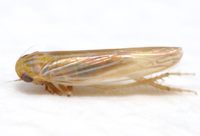 | Photo by: Kyle Kittelberger
Wake Co.
Comment: male and female (4.1 mm) |
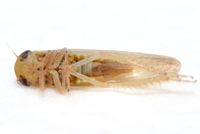 | Photo by: Kyle Kittelberger
Wake Co.
Comment: male and female (4.1 mm) |  | Photo by: Kyle Kittelberger
Wake Co.
Comment: male and female (4.1 mm) |
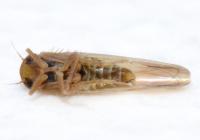 | Photo by: Kyle Kittelberger
Wake Co.
Comment: male (3.6 mm) | 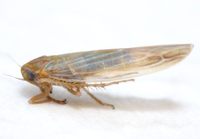 | Photo by: Kyle Kittelberger
Wake Co.
Comment: male (3.6 mm) |
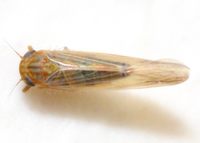 | Photo by: Kyle Kittelberger
Wake Co.
Comment: male (3.6 mm) | 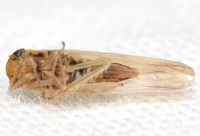 | Photo by: Kyle Kittelberger, Brian Bockhahn
Transylvania Co.
Comment: female; 4.1 mm |
 | Photo by: Kyle Kittelberger, Brian Bockhahn
Transylvania Co.
Comment: female; 4.1 mm | 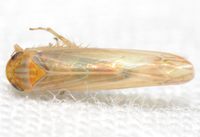 | Photo by: Kyle Kittelberger, Brian Bockhahn
Transylvania Co.
Comment: female; 4.1 mm |
|

 »
»
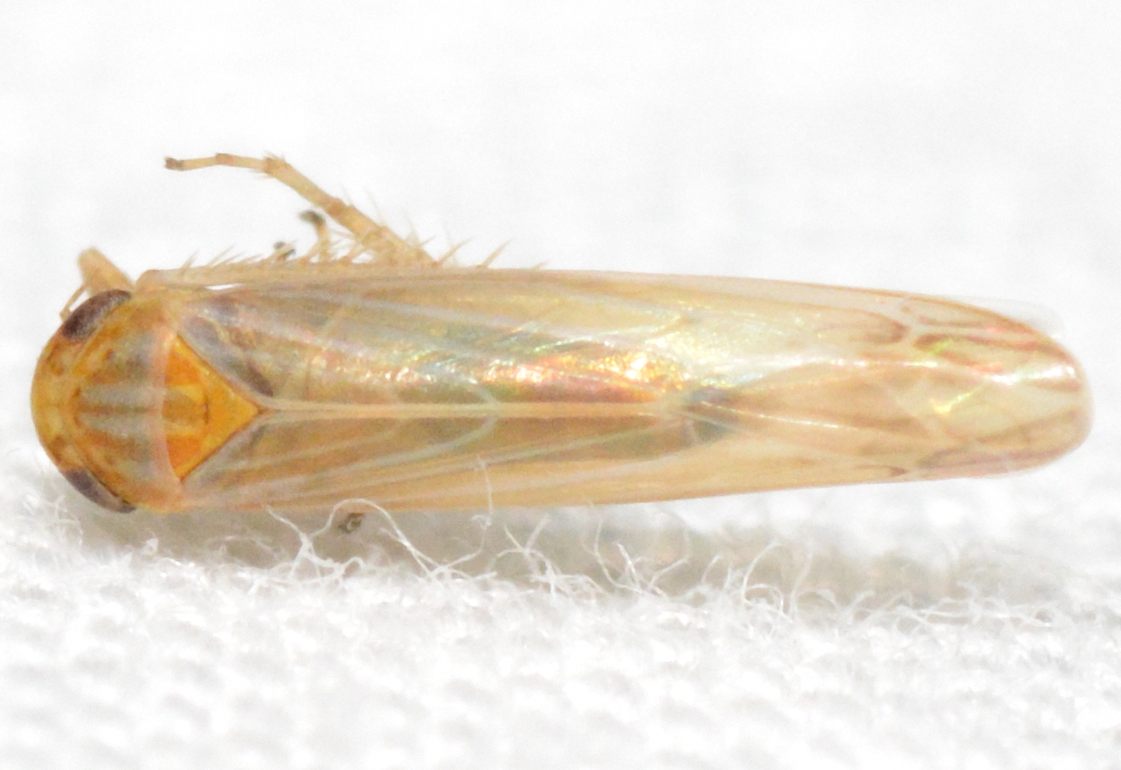
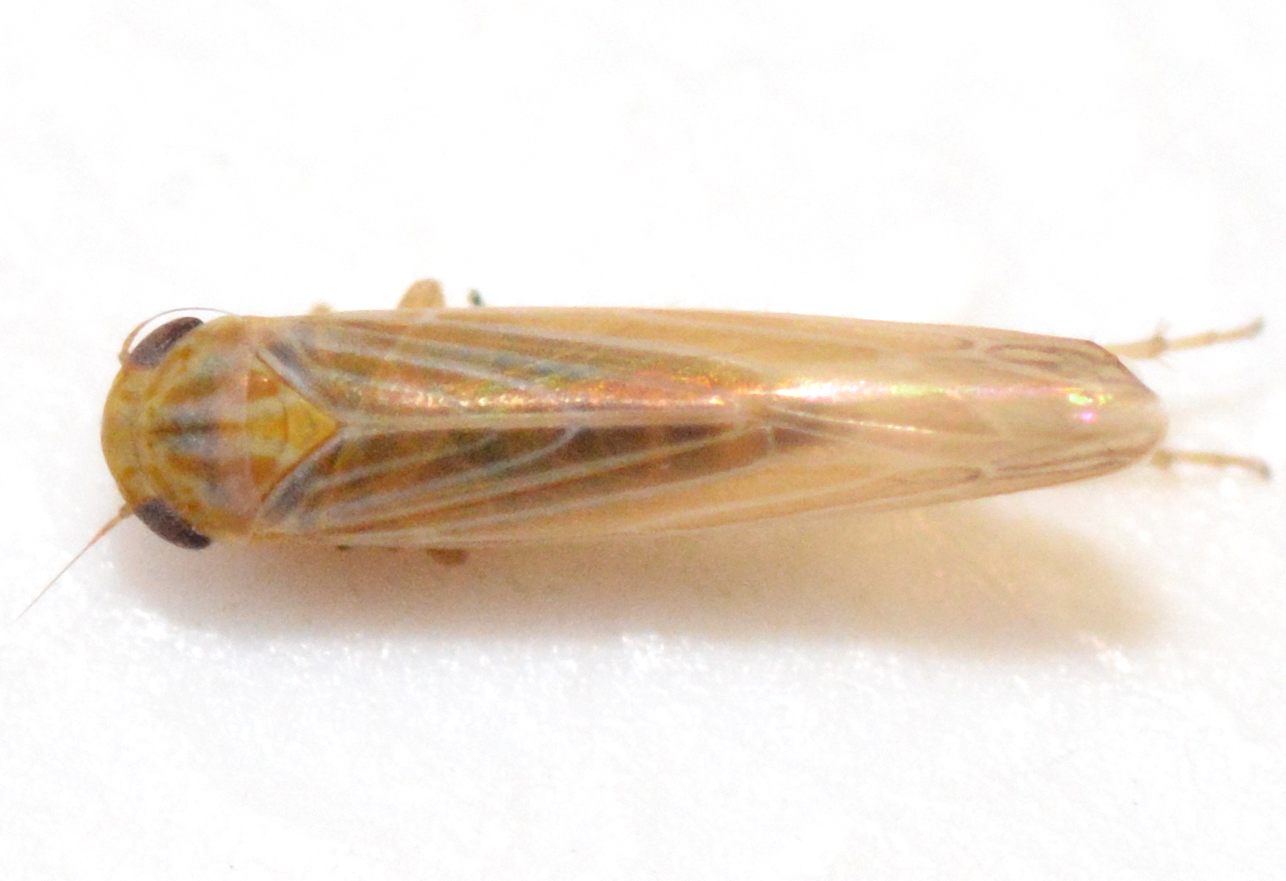


 »
»


